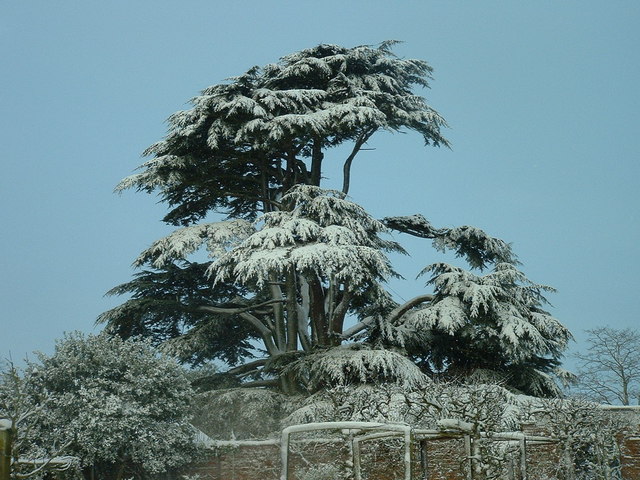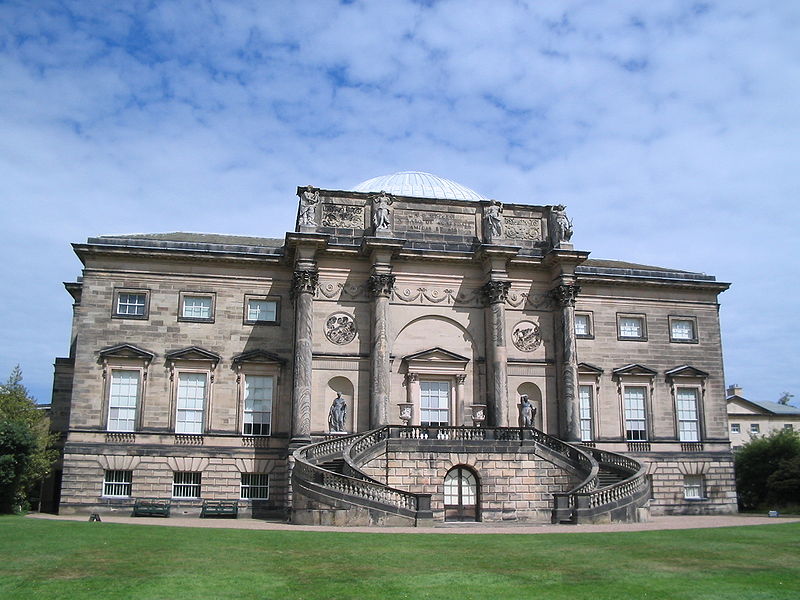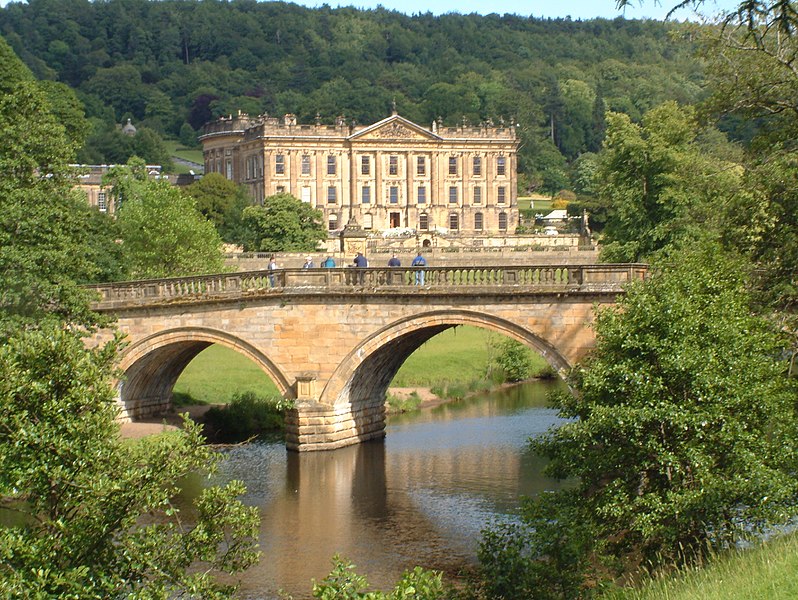Lady Georgiana Spencer, an ancestor of Princess Diana, was
born in Althorp, where the Princess is buried.
At the age of 17 she was married off to William Cavendish, 5
th
Duke of Devonshire, whereupon she became the Duchess of Devonshire.
On paper it sounds like a fairy tale for the
young Georgiana, but unfortunately the Duke turned out to be a philanderer who
was only interested in gaining a male heir.
Georgiana’s first two children, as sod’s law would have it, were female,
but she finally managed a son the third time round.
Meanwhile, Georgiana became friendly with
Lady Elizabeth Foster from Suffolk while on a visit to Bath.
Predictably, Elizabeth caught the roving eye
of the Duke and she ended up in a ‘menage a trois’ with the pair of them, bearing
two illegitimate children by him and finally becoming his wife three years after
Georgiana’s death in 1806, only for the Duke to die two years later.
This saga is the subject of the 2008 film The
Duchess, starring Keira Knightley as Georgiana and Ralph Fiennes as
William.
The scenes depicting Georgiana’s time at Althorp did not
make use of the real-life Spencer family seat, but were filmed at
Kedleston Hall in Derbyshire.
One twist to this whole sorry tale is that Georgiana fell madly in love with Charles Grey
(played by Dominic Cooper), a Whig Party member who would later become Prime
Minister, but in spite of William’s own infidelities he would not allow her to
continue the liaison (which resulted in an illegitimate daughter).
In the film she is
seen flirting with Charles, a scene filmed at the South Front of Kedleston Hall.
The scene in which her mother (Charlotte
Rampling) is filmed meeting with William to persuade him of her daughter’s
charms was filmed in the Library.
Another
scene in which Georgiana’s hair catches fire was also filmed here, this time in the
Marble Hall.
The country estate of the Dukes of Devonshire is
Chatsworth House, one of Britain’s best-known stately homes.
Chatsworth played itself in the film when the
wedding scenes were filmed there.
However, the Dukes had another base in London called Devonshire House in
London’s Piccadilly.
The scenes
depicting Devonshire House made use of a number of locations for the interior
and exterior shots.
The original
building was demolished in 1924, so the film-makers had to find an alternative
for the exterior, and
Somerset House in The Strand proved the perfect
choice.
The interior scenes were all
over the place, making further use of Kedleston for some scenes, plus
Clandon Hall, Guildford, with
Holkham Hall in Norfolk used to depict the dining room. The
streets of London, in which the newly-weds are filmed trundling along in their
carriage being cheered by crowds of people, are actually the grounds of the
Old Royal Naval College in Greenwich.
In the scenes in which Georgiana goes to Bath to take the
waters, this beautiful city gets to play itself, as the graceful
Royal Crescent
comes into view.
Another famous Bath
landmark is the
Assembly Rooms in Bennett Street.
The tea room forms the backdrop to the scene where
Georgiana is presented to the throng and where she first meets Elizabeth.
However, the river scenes seen in this part
of the film were not filmed in Bath, but back at Kedleston.
Kedleston Hall, to the north-west of Derby, is an 18
th
century neo-classical house designed by Robert Adam and surrounded by sumptuous
parkland.
The property is owned by the
National Trust.
Chatsworth House, on the
banks of the River Derwent near Bakewell, Derbyshire, is privately owned but
open to visitors complete with retail and refreshment points.
The house was initially completed in 1708,
with later additions the following century.
The extensive grounds include many interesting features, including
fountains, a temple and a rectangular lake known as the Canal Pond.
Somerset House is a neo-classical building on the south side
of The Strand in London.
It is been used
for many purposes over the years, but its current role is principally as an
arts centre.
The Old Royal Naval College
dominates the banks of the River Thames in Greenwich.
A naval college since 1873, it forms part of
the Maritime Greenwich UNESCO World Heritage Site.
The College has been used extensively in
filming, proving useful to film-makers as a quieter alternative to Central
London for street scenes, Clandon Park, to the north-east of Guildford, Surrey, is owned by the National Trust, but
unfortunately Clandon Hall itself was destroyed by a catastrophic fire in 2015
and still stands as a ruin today.
Holkham Hall is in Holkham in North Norfolk, famous for its vast sandy
beach.
An 18
th century house
in the Palladian style surrounded by extensive parkland, it is privately owned
but open to visitors.
The Royal Crescent in Bath was started in 1767 and consists
of 30 Grade I listed terrace
houses.
For those wanting to
immerse themselves in the Georgian spa town experience, part of the crescent
has been given over to Bath’s poshest hotel, the
Royal Crescent Hotel and Spa.
The Assembly Rooms, another
National Trust property and designed in 1769, were the focal point of Georgian
Bath’s social scene.
The building is
used for functions and conferences, and can be visited when not in use.
There is also a
Fashion Museum on the
premises.
Both the Royal Crescent and
The Assembly Rooms were designed by the architect John Wood, the Younger.






